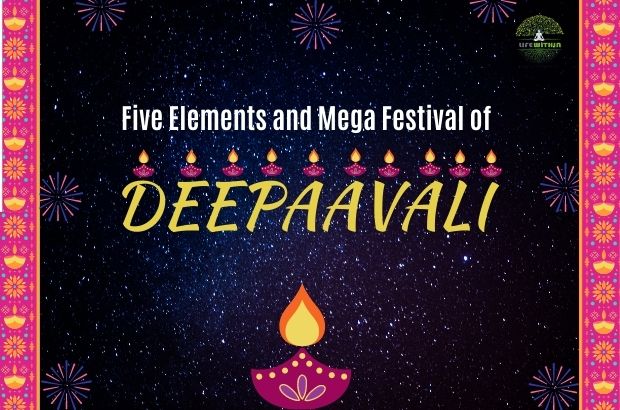Shraddha Rituals | Pitra Paksha | Pitri Dosha | Pitri Pooja | Mantra | Dr. Surendra Kapoor
- Nov 02, 2021
- 1340 View
Makar Sankranti - a day to invite goodness and light in life | Dr. Surendra Kapoor
- Nov 02, 2021
- 782 View
This festival of Deepaavali has also religious importance for Hindus, Jains and Sikhs. It has astrological, astronomical...

Five Elements and Mega Festival of Deepaavali
Throughout
the period of human history, man has found solace in festivities in his course
of struggle for existence and drudgery of life. This is true to all the places
on earth, all the societies and all the religions. The change in natural
factors influences human mind—after the summer comes the rainy season, then
follows autumn, and winter. The winter bids adieu at the onset of the king of
the seasons, the Spring. The human civilization throughout the ages in
different parts of globe has found out the means to enjoy through festivals.
But
never for a moment can we forget that every festival is associated with
religious observance and rites and rituals. This festival of Deepaavali has
also religious importance for Hindus, Jains and Sikhs. It has astrological,
astronomical and geographical importance too.
This
is the time when the temperature of the earth starts to go down slowly and
gradually and during the period Kartik Amavasya (moonless night of November.)
the sun and the moon stay at the Constellation of Libra (Tula Rashi).
It may be
noted here that the festival of lights in Tamil Nadu is called ‘Kartigai
Deepam’ or the lamp of the month of Kartik. It starts on the 1st day of Kartik
and ends on the Kartik Sankranti day. So the observance of this day as the
festival of lights is an age-old tradition and various factors of various ages
of various religions merged together to make it emerge as one of the main
festivals of India throughout the country.

